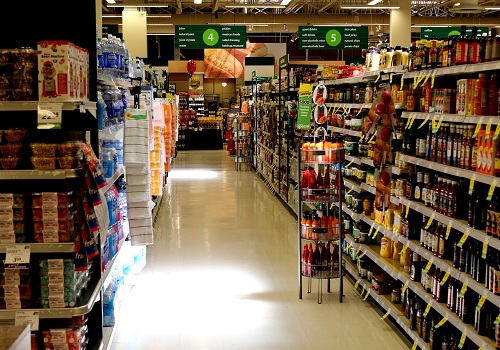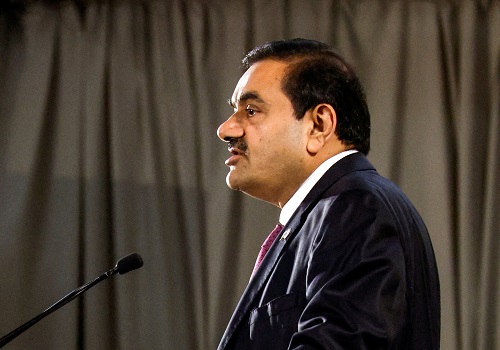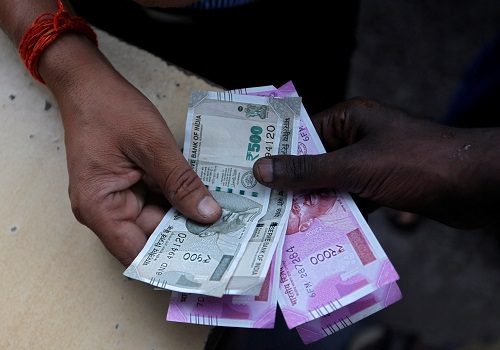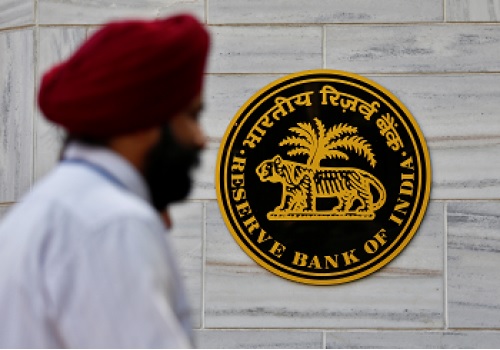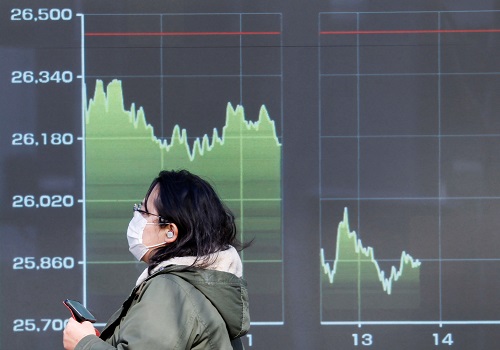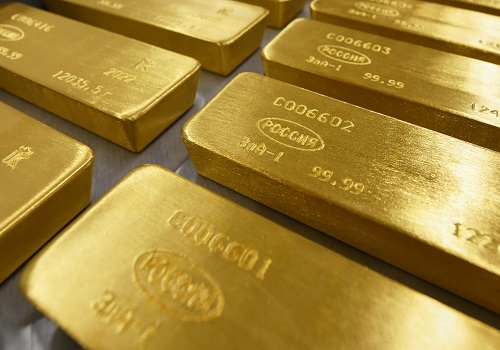Global stocks gain, commodities rise on inflation worries
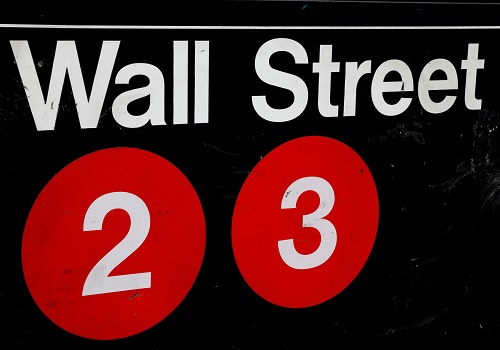
Follow us Now on Telegram ! Get daily 10 - 12 important updates on Business, Finance and Investment. Join our Telegram Channel
NEW YORK - The dollar fell and a gauge of global equity markets edged higher on Thursday as surging commodity prices spurred the prospect of rising inflation and led investors into economically sensitive stocks on the reflation trade.
Aluminum prices approached levels last seen in 2018 and copper prices flirted with 10-year peaks. Gold jumped more than 1% as the weaker dollar and easing Treasury yields propelled the precious metal, an inflation hedge, above the key $1,800 an ounce psychological level.
Treasury yields moved in a narrow range as investors largely shrugged off better-than-expected initial U.S. jobless claims data and waited for Friday's April non-farm payrolls report for market direction.
Investors fear inflation may be more prolonged than the messaging from the Federal Reserve, which has said rising consumer prices will be temporary, said Tim Ghriskey, chief investment strategist at Inverness Counsel in New York.
"The spike in commodity prices in particular, the shortage of semiconductors and shipping resources, for example, is worrying the market," Ghriskey said. "It's a value day or cyclical day in the (equity) market."
MSCI's benchmark for global equity markets, which tracks stocks in 50 countries, rose 0.31% to 701.81. The pan-European STOXX 600 index closed 0.1% lower.
On Wall Street, the Dow Jones Industrial Average rose 0.43%, the S&P 500 gained 0.23% and the Nasdaq Composite dropped 0.2%.
The healthcare sector took a hit as vaccine makers fell after President Joe Biden backed plans for patent waivers on COVID-19 shots, but losses were capped by the upbeat jobless claims report. Shares in Pfizer Inc, Moderna Inc, Johnson & Johnson and Novavax Inc, all involved in the making of COVID-19 vaccines, fell between 1.0% and almost 2%.
In Asia, Japan's Nikkei jumped 1.8% as it reopened after a five-day holiday. Chinese shares also resumed trade for the first time since last week and wobbled as the CSI300 fell 1.2%, led by falls in biotech firms.
The Canadian dollar hit a three-and-a-half year high versus the greenback, helped by oil price gains and the Bank of Canada's recent shift to more hawkish guidance. The Australian dollar fell sharply overnight when China said it would stop its economic dialogue with Australia, but the currency later recovered to trade about 0.3% higher.
The Treasuries yield curve flattened for a fifth session, as yields on the long end stalled amid increased investor demand and as the Federal Reserve repeatedly affirmed its dovish stance. The spread between U.S. 2-year and 10-year yields slid to 140.8 basis points. "We're stuck in a battle," said Ellis Phifer, managing director in fixed income research at Raymond James in Memphis, Tennessee. "The growth story is leading to inflation, while the Federal Reserve is jawboning, trying to keep expectations down, which I think is the right thing to do."
U.S. yields briefly inched higher after data showed initial claims for state unemployment benefits totaled a seasonally adjusted 498,000 for the week ended May 1, compared to 590,000 in the prior week.
The dollar index fell 0.301%, with the euro up 0.37% to $1.205.
The Japanese yen strengthened 0.09% versus the greenback at 109.10 per dollar.
Investors drew comfort from the latest economic data and forecasts in Europe, which pointed to a recovery still on track.
Retail sales in the euro zone beat expectations with a 2.7% rise in March as curbs on shoppers eased.
The Bank of England increased its forecast for Britain's economic growth this year after its coronavirus slump.
Oil prices gave up initial gains despite crude stockpiles in the United States, the world's largest oil consumer, falling more sharply than expected.
Brent crude futures fell $0.50 to $68.46 a barrel. U.S. crude futures slid $0.55 to $65.08 a barrel.
The number of Americans filing new claims for unemployment benefits fell below 500,000 last week for the first since the COVID-19 pandemic started more than a year ago, signaling the U.S. labor market recovery has entered a new phase amid a booming economy.
Friday's U.S. monthly jobs report is expected to show non farm payrolls increased by 978,000 jobs last month and confirm the economy's solid path to recovery.




